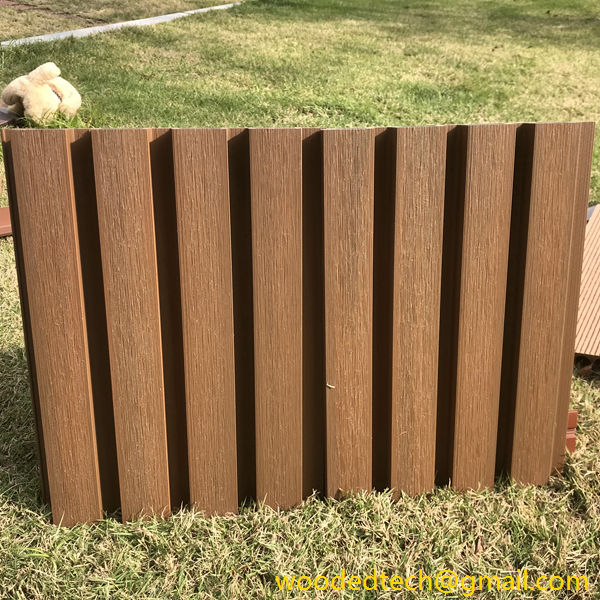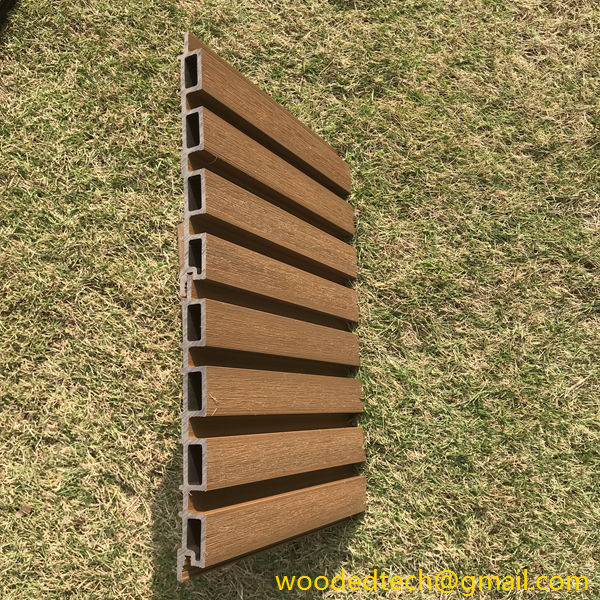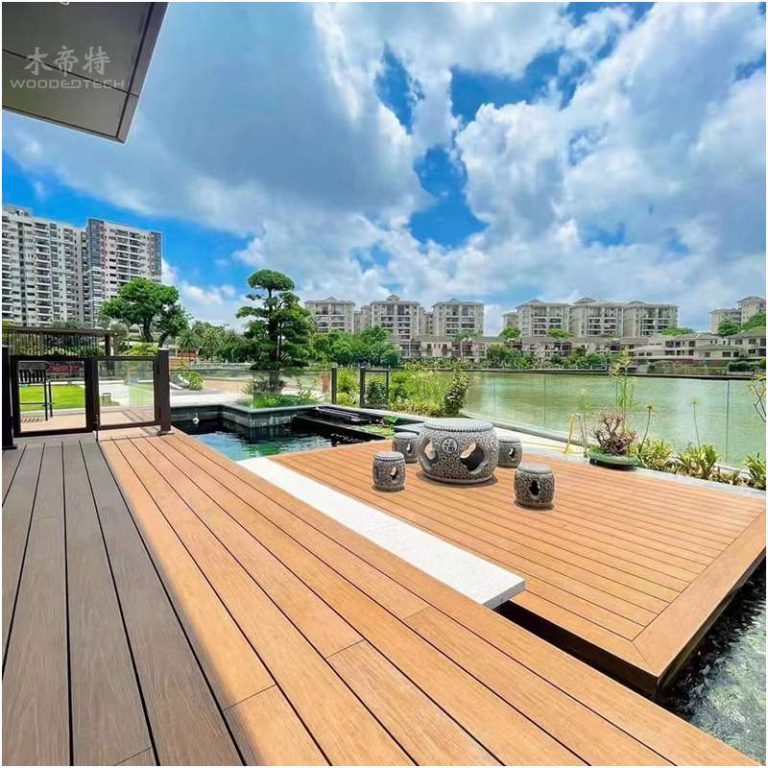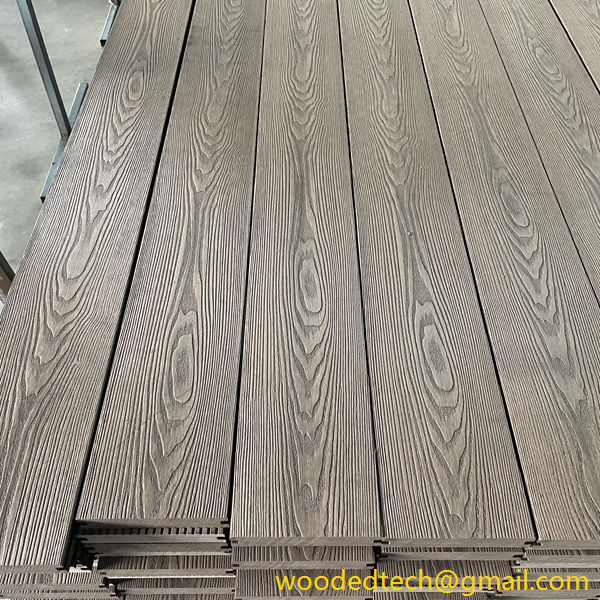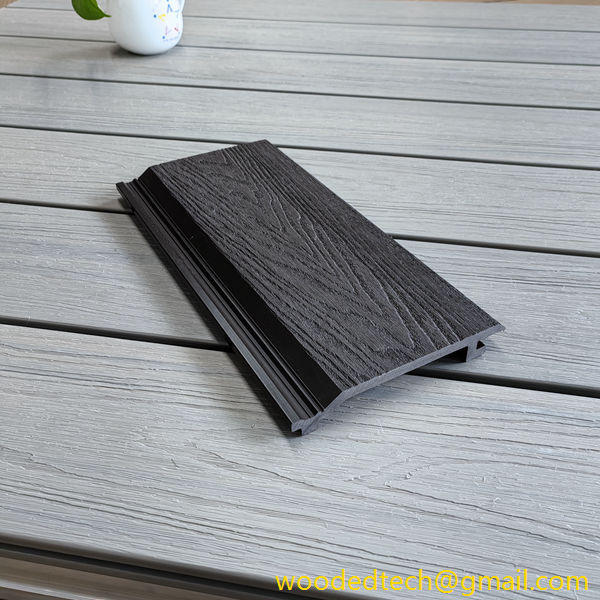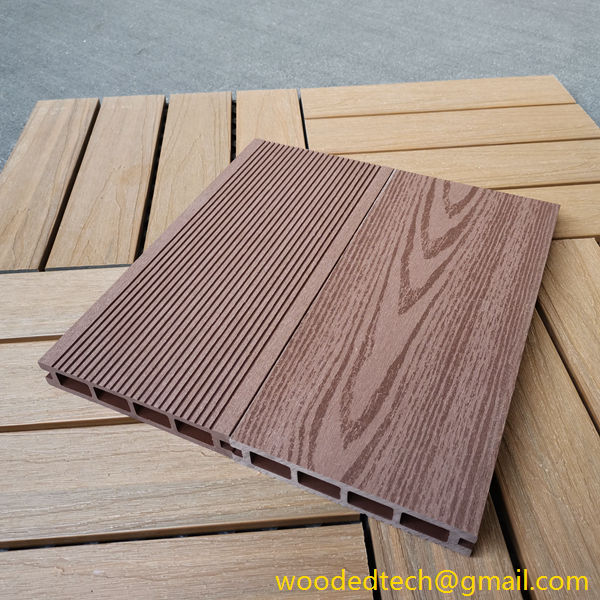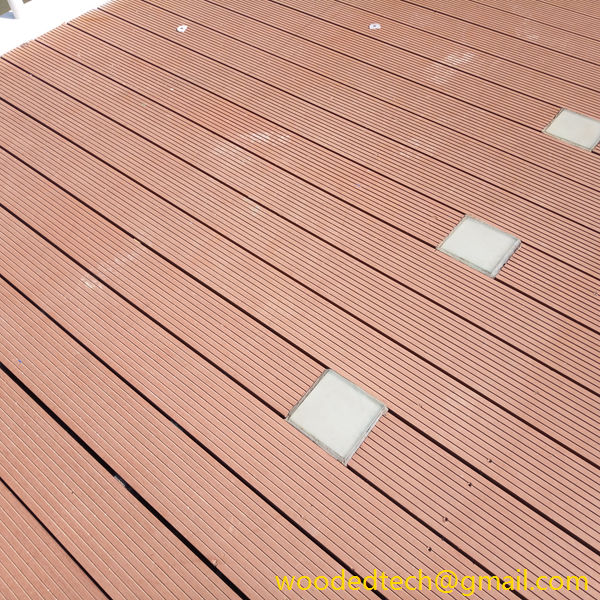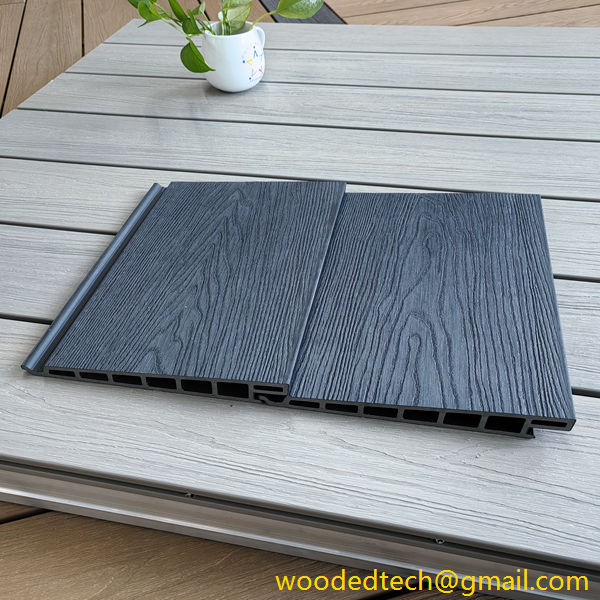Teak Composite Cladding: Elegant Teak Composite Cladding for Timeless Appeal
Teak Composite Cladding: Elegant Teak Composite Cladding for Timeless Appeal Teak composite cladding has emerged as a popular choice among architects, designers, and homeowners alike, thanks to its remarkable aesthetic appeal and practical benefits. This innovative material offers the timeless elegance of natural teak wood combined with the durability and low maintenance of composite materials….
Teak Composite Cladding: Elegant Teak Composite Cladding for Timeless Appeal
Teak composite cladding has emerged as a popular choice among architects, designers, and homeowners alike, thanks to its remarkable aesthetic appeal and practical benefits. This innovative material offers the timeless elegance of natural teak wood combined with the durability and low maintenance of composite materials. In this exploration of teak composite cladding, we will delve into its unique features, applications, and the reasons behind its increasing popularity in contemporary architecture.
Teak, renowned for its rich golden-brown hue and fine grain, has long been revered in the world of design and construction. Its natural beauty brings warmth and sophistication to any environment, making it a favored choice for decking, furniture, and cladding. However, traditional teak wood can be susceptible to weathering, rot, and pests, leading to the need for regular maintenance and refinishing. This is where teak composite cladding shines, offering an attractive alternative that retains the exquisite look of teak while overcoming the challenges associated with natural wood.
The primary composition of teak composite cladding includes a blend of recycled wood fibers and high-quality plastic polymers. This combination results in a material that captures the visual appeal of wood without the drawbacks. The aesthetic qualities of teak composite cladding are strikingly similar to that of authentic teak. It features rich colors and a textured surface that mimics the natural grain, providing an elegant façade that enhances the overall architectural design.
One of the standout features of teak composite cladding is its exceptional durability. Unlike traditional wood, which can warp, crack, or splinter over time due to exposure to the elements, teak composite cladding is engineered to withstand harsh weather conditions. It is resistant to fading, staining, and mold growth, ensuring that it maintains its pristine appearance for years to come. This resilience makes it an ideal choice for both residential and commercial buildings, where longevity and aesthetic appeal are paramount.
Furthermore, teak composite cladding is remarkably low maintenance compared to natural wood. Homeowners and business owners can enjoy the beauty of teak without the hassle of regular staining, sealing, or painting. A simple wash with soap and water is often all that is needed to keep it looking fresh and vibrant. This ease of maintenance translates to cost savings over time, as the need for repairs and upkeep is significantly reduced.
The versatility of teak composite cladding extends to its range of applications. It can be utilized in various settings, from modern urban architecture to rustic country homes. It is commonly used for exterior walls, providing a stunning backdrop that enhances curb appeal. Additionally, teak composite cladding can be employed in interior design, showcasing its beauty in spaces such as feature walls, accent panels, or even ceilings. The adaptability of this material allows designers to use it creatively, resulting in unique and visually striking environments.
Another compelling aspect of teak composite cladding is its environmental impact. With growing awareness of sustainability in construction and design, many are seeking eco-friendly materials. Teak composite cladding is often made from recycled materials, contributing to waste reduction and promoting sustainability. Moreover, the long lifespan of this product means that it does not need to be replaced as frequently as traditional materials, further minimizing its ecological footprint. For environmentally conscious consumers, teak composite cladding represents a responsible choice that aligns with their values.
In terms of design flexibility, teak composite cladding is available in a variety of colors and finishes. Homeowners and architects can choose from a spectrum of shades that range from deep browns to lighter, more contemporary tones, ensuring that the material can complement any design vision. This customization allows for a tailored approach to architecture and design, enabling seamless integration with other materials such as glass, metal, and stone.
Moreover, teak composite cladding can be easily installed, making it a convenient option for builders and contractors. Its lightweight nature simplifies the installation process, reducing labor costs and timeframes. Many manufacturers also provide comprehensive installation guides, ensuring that even those with limited construction experience can achieve professional-looking results.
In conclusion, teak composite cladding represents a harmonious blend of elegance, durability, and sustainability. Its ability to mimic the timeless appeal of natural teak while offering superior performance makes it an attractive choice for a wide range of applications. As the demand for low-maintenance and eco-friendly materials continues to grow, teak composite cladding stands out as a leading option in modern construction and design. Whether used for residential or commercial projects, this innovative material provides a stunning aesthetic that enhances the beauty and functionality of any space. With its myriad benefits and timeless appeal, teak composite cladding is undoubtedly a worthwhile investment for those seeking to create enduring and elegant environments.

